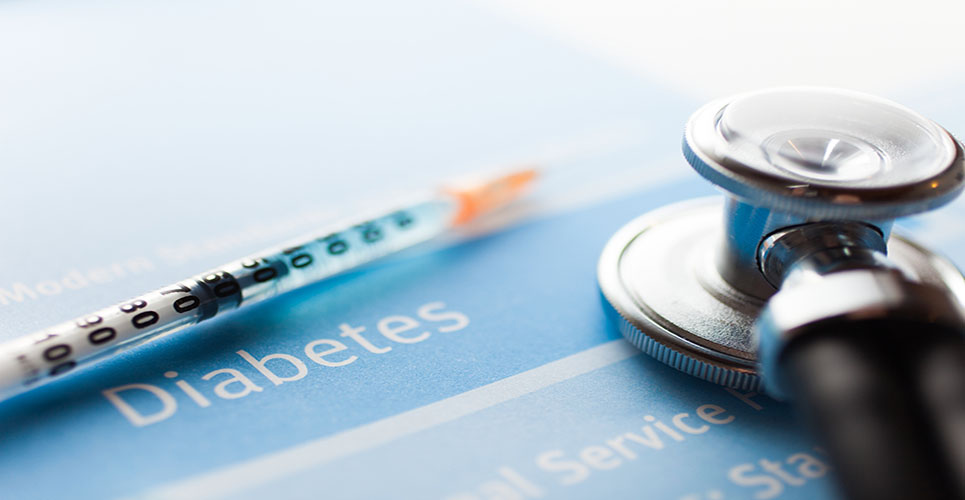Sanofi (EURONEXT : SAN and NYSE : SNY) has announced new GetGoal-L sub-analysis results showing that reductions in HbA1c with Lyxumia® (lixisenatide), when added to basal insulin, were greatest in patients with type 2 diabetes who had well-controlled baseline fasting plasma glucose (FPG). These findings are consistent with the efficacy profile of Lyxumia, which shows a clinical and statistically significant reduction in HbA1c across different patient populations.
The results also showed that reductions in body weight with Lyxumia, when added to basal insulin, were greatest in this group. The GetGoal-L sub-analysis was shared during an oral presentation at the 49th Annual Meeting of the European Association for the Study of Diabetes in Barcelona.
“The study showed that Lyxumia is an effective post-prandial glucose lowering option that improves HbA1c levels when added to basal insulin,” said Professor Josep Vidal, Endocrinology and Nutrition, University of Barcelona. “We analysed data from patients who were not at their target HbA1c level, despite controlled fasting plasma glucose, and we found that a treatment regimen that targets post-prandial glucose, as well as fasting plasma glucose, could be an effective choice for these patients.”
As type 2 diabetes progresses over time, patients treated with basal insulin may no longer maintain their target HbA1c level (average blood sugar levels over the past 2 to 3 months) despite typically sustaining good control of FPG with basal insulin. For these patients, Lyxumia can significantly reduce HbA1c by primarily reducing post-prandial (after-meal) glucose levels through its complementary action with basal insulin. Targeting both FPG and post-prandial glucose could be an effective way to lower HbA1c in certain patients with type 2 diabetes.
Results of analysis
This sub-analysis examined 496 patients with type 2 diabetes and inadequate glucose control. Results showed that the addition of lixisenatide to basal insulin treatment, with or without metformin (oral anti-diabetic therapy), reduced overall HbA1c, body weight and post-breakfast self-monitored post-prandial glucose in all groups. These effects were greater in patients with relatively well-controlled baseline FPG levels (below or equal to 6.7 mmol/L; FPG in people without diabetes is ~5.5 mmol/L1) compared to those with higher baseline FPG levels (between 6.7 and 8.9 mmol/L, and over 8.9 mmol/L, respectively).
The GetGoal-L sub-analysis abstract is entitled: Therapeutic efficacy of lixisenatide added to basal insulin is greater when FPG is well-controlled (Vidal J, et al. [Abstract no. oral presentation 6]).
About Lyxumia® (lixisenatide)
Lyxumia® (lixisenatide) is a glucagon-like peptide-1 receptor agonist (GLP-1 RA) for the treatment of patients with type 2 diabetes mellitus. GLP-1 is a naturally-occurring peptide hormone that is released within minutes after eating a meal. It is known to suppress glucagon secretion from pancreatic alpha cells and stimulate glucose-dependent insulin secretion by pancreatic beta cells.
Lyxumia was in-licensed from Zealand Pharma A/S (NASDAQ OMX Copenhagen: ZEAL), www.zealandpharma.com, and is approved in Europe for the treatment of adults with type 2 diabetes mellitus to achieve glycemic control in combination with oral glucose-lowering medicinal products and/or basal insulin when these, together with diet and exercise, do not provide adequate glycemic control. Lyxumia is also approved in Mexico, Australia, Japan and Brazil for the treatment of adults with type 2 diabetes. Sanofi plans to resubmit the New Drug Application for lixisenatide in the US in 2015, after completion of the ELIXA cardiovascular outcomes study. Lyxumia is the proprietary name approved by the European Medicines Agency and other health authorities for the GLP-1 RA lixisenatide.
The Lyxumia pen is the winner of a number of innovative design awards, including the Red Dot Award, the Good Design Award, and the iF Product Design Award.

